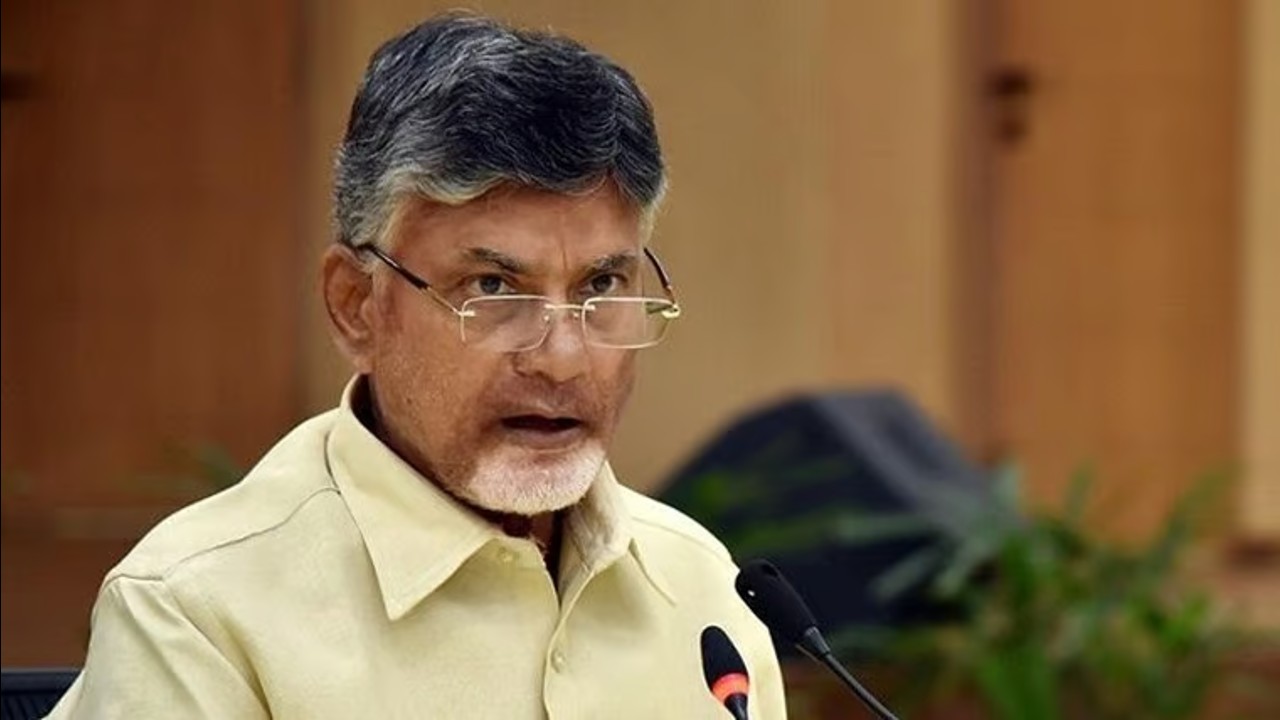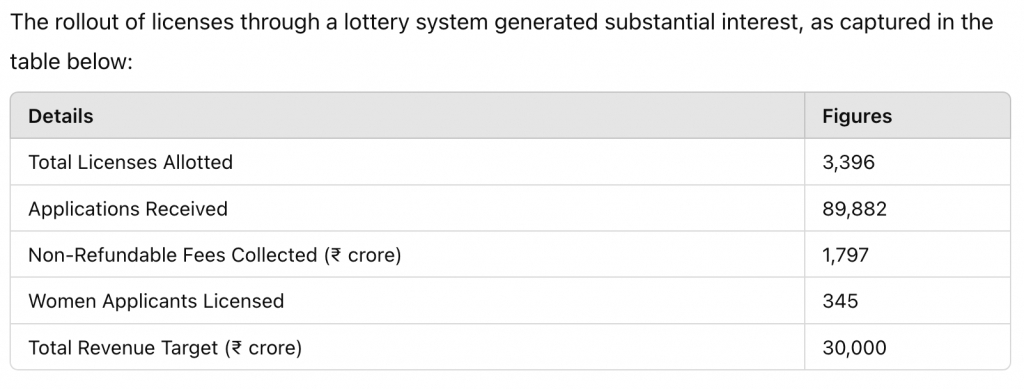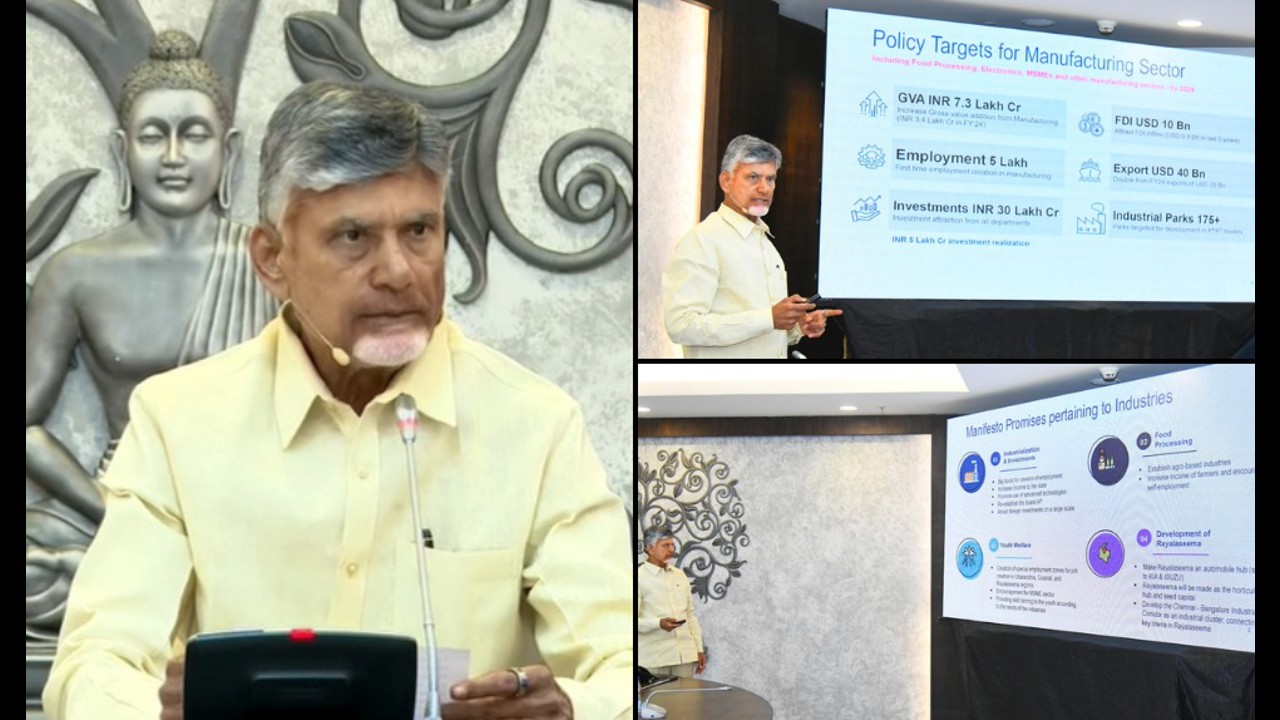Andhra Pradesh’s New Liquor Policy: Bridging the Revenue Gap with Telangana
To counter the inflow of illegal alcohol, the new policy offers affordable legal alternatives, such as low-cost liquor priced at ₹99 per quarter bottle.
Dinesh Akula | Published On: Oct, 21, 2024 | 03:16 PM

The Andhra Pradesh government launched its new private retail liquor policy on 15 October, aiming to bridge the growing revenue gap with Telangana and fund Chief Minister Chandrababu Naidu’s welfare programmes. Officials expect this policy to generate ₹30,000 crore annually, with an estimated ₹20,000 crore projected for the current fiscal year. This move shifts the state from a government-controlled liquor regime, which struggled to meet revenue targets and allowed illegal liquor to flourish.

The previous administration’s attempt to control alcohol sales failed to deliver the intended results, resulting in both lost revenue and the proliferation of illegal liquor. An excise official noted, “Had the 2014-19 policy continued, the state would have earned an additional ₹18,860 crore.”
Tackling Illegal Liquor and Licensing
To counter the inflow of illegal alcohol, the new policy offers affordable legal alternatives, such as low-cost liquor priced at ₹99 per quarter bottle. Inspired by successful models in Haryana, the government has also introduced liquor malls to provide better access to premium brands and attract consumers away from illegal markets.

However, allegations of political interference have clouded the process, with reports of applicants being pressured to surrender licenses for kickbacks. Syndicates reportedly demanded commissions of up to 30%. To ensure transparency, the government mandated GPS tracking for liquor deliveries and CCTV monitoring at outlets.
Government’s Optimism vs. Opposition Criticism
Prohibition and Excise Minister Kollu Ravindra dismissed allegations of syndicate involvement and expressed satisfaction with the participation of women applicants. He asserted, “The policy will foster a sustainable liquor trade while generating the revenue needed for welfare programmes.”
However, opposition leader Y. S. Jagan Mohan Reddy criticised the policy, calling it a “mafia era” designed to benefit private distilleries. He warned that the promised ₹99 liquor could lead to the spread of poor-quality alcohol, posing health risks to consumers. He further accused the government of mismanaging public resources across sectors like sand mining and flood relief.
Reddy vowed that his party would not be deterred by legal intimidation, saying, “Arrests and harassment of YSRCP leaders will only strengthen our resolve.”
Liquor Traders’ Concerns
Traders have expressed frustration over reduced profit margins, citing Government Order 213, which initially promised a 20% margin but fell below 10% due to new taxes and a 2% rehabilitation cess. Rayala Subba Rao, president of the AP Wine Dealers’ Association, warned, “This reduction threatens the viability of operations, especially in urban centres.”
Early Challenges in Implementation
The first day of sales saw logistical issues, with some shops failing to open on time, leaving consumers confused. Old outlets were closed, and traders struggled to set up new locations. Complaints also surfaced regarding the unavailability of ₹99 liquor, as some stocks continued to be sold at the previous rate of ₹120.
Despite these challenges, the Naidu administration remains optimistic. Officials believe the policy will align Andhra Pradesh’s revenues with those of Telangana and Haryana within two years, stabilising excise income and securing funds for welfare programmes.
While the government aims to balance consumer interests with regulatory oversight, the success of the policy will depend on effective enforcement and political management. For now, the administration views the policy as a necessary step to bridge the revenue gap with Telangana and fulfil its welfare promises to the people of Andhra Pradesh.




